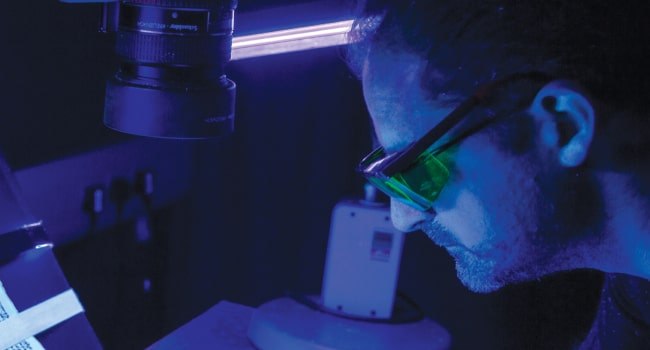What did boarders make of this? It reconstructed the Berlin PO and Nikisch recording Beethoven's 5th on November 10th 2013. An event was held at the RCM last December to discuss this recording. Nikisch also made some recordings for HMV at Hayes at about this time.
Here's a shot of the RCM acoustic horn used together with a similar one used by HMV for Elgar in January 1914. Note the cramped conditions!!
Note also the tape wrapped around the HMV horn, presumably to damp resonances in the horn itself. None visible in the RCM metal [Tin I think they said - Aluminium after another listen] horn which has a marked acoustic transition as well. I doubt this will catch on!! Never say never: AMcG said in the run up that sales of vinyl topped a million last year; it sounds a lot but pales into insignificance in the general volume of music sales - 118 million albums in 2013.

Here's a shot of the RCM acoustic horn used together with a similar one used by HMV for Elgar in January 1914. Note the cramped conditions!!
Note also the tape wrapped around the HMV horn, presumably to damp resonances in the horn itself. None visible in the RCM metal [Tin I think they said - Aluminium after another listen] horn which has a marked acoustic transition as well. I doubt this will catch on!! Never say never: AMcG said in the run up that sales of vinyl topped a million last year; it sounds a lot but pales into insignificance in the general volume of music sales - 118 million albums in 2013.





Comment